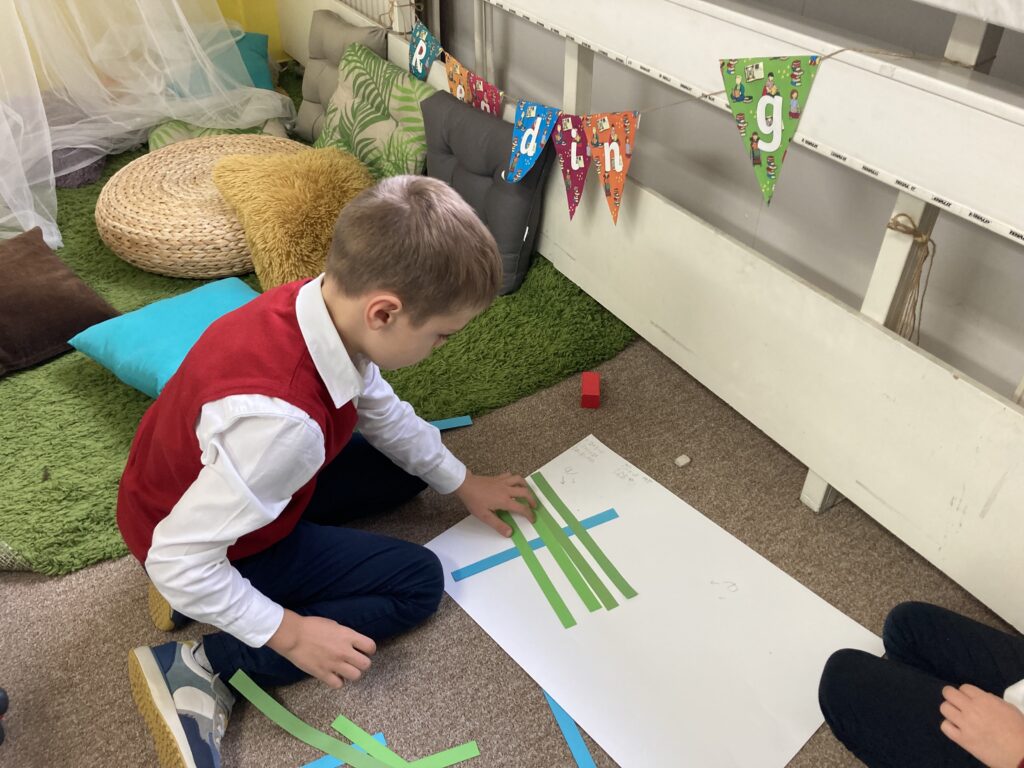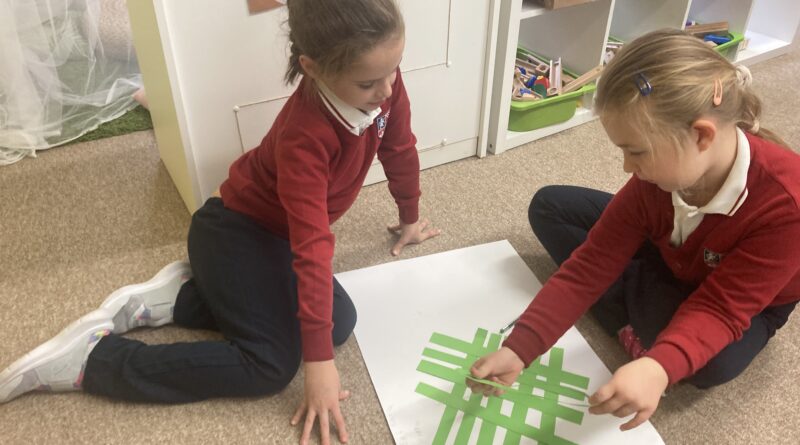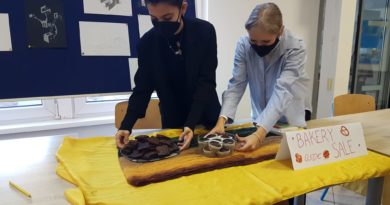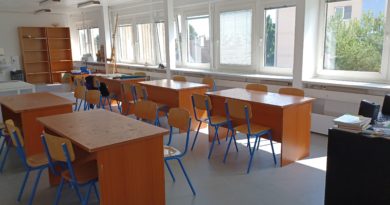Multiplication Mentors
These past weeks have seen Year 3 and Year 4 delve into the world of multiplication using the innovative “stick multiplication” method, bridging the gap between abstract concepts and hands-on learning. What began as a simple task evolved into a collaborative journey, as Year 4 students became mentors to their Year 3 peers, creating a dynamic and enriching multiplication experience.
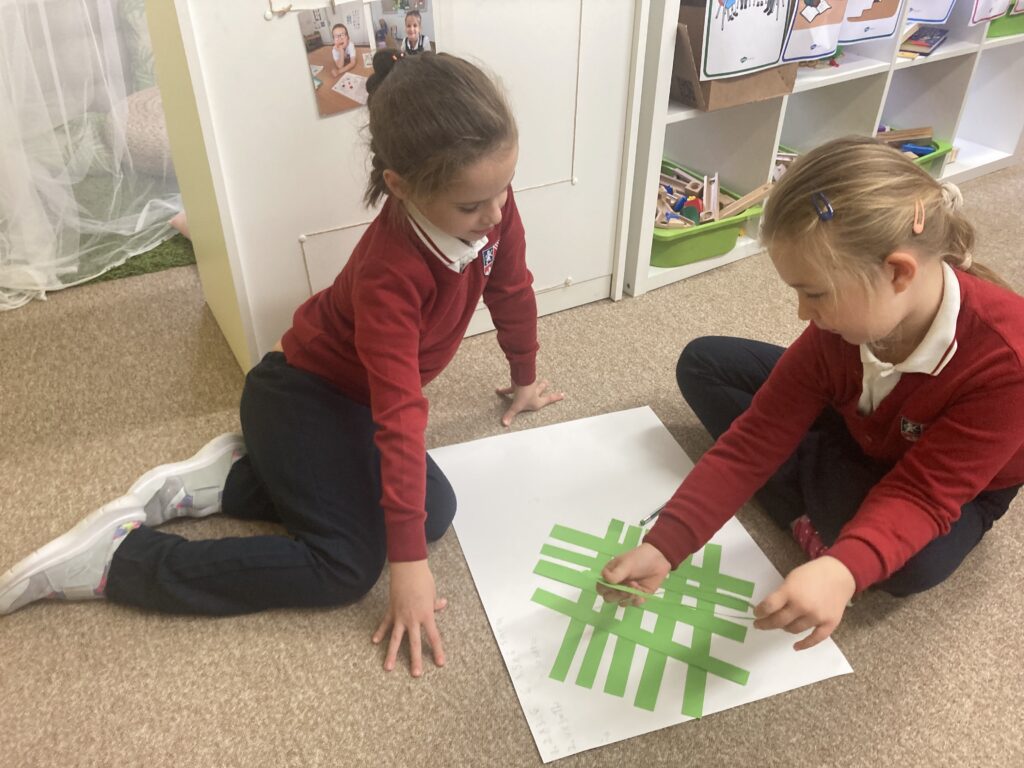
The project started with a simple yet powerful idea – empower students to become teachers. Each Year 4 student was paired with a Year 3 student, embarking on a shared journey of exploration and understanding. Armed with concrete materials and the “stick multiplication” method, the students ventured beyond the confines of traditional memorization, bringing multiplication to life in a tangible way.
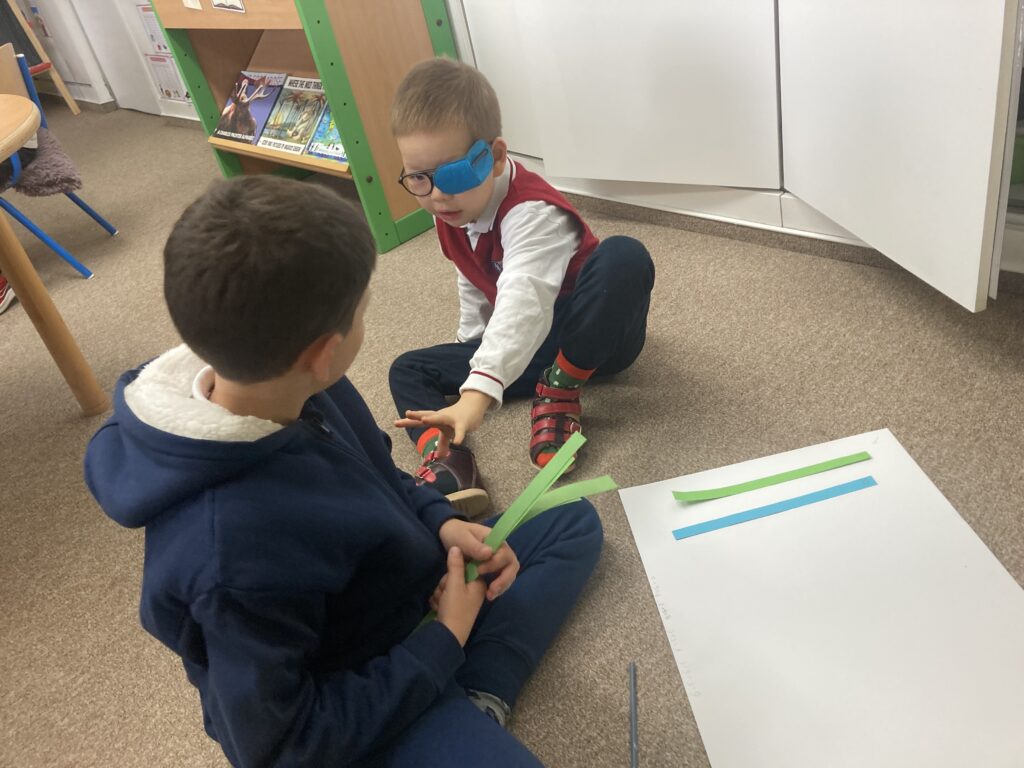
The use of the “stick multiplication” method served as a catalyst for active engagement. By manipulating physical materials, students could visualize the multiplication process and gain a deeper understanding of the underlying concepts. The tactile nature of this method not only made multiplication more accessible but also fostered a love for learning beyond the confines of pencil and paper.
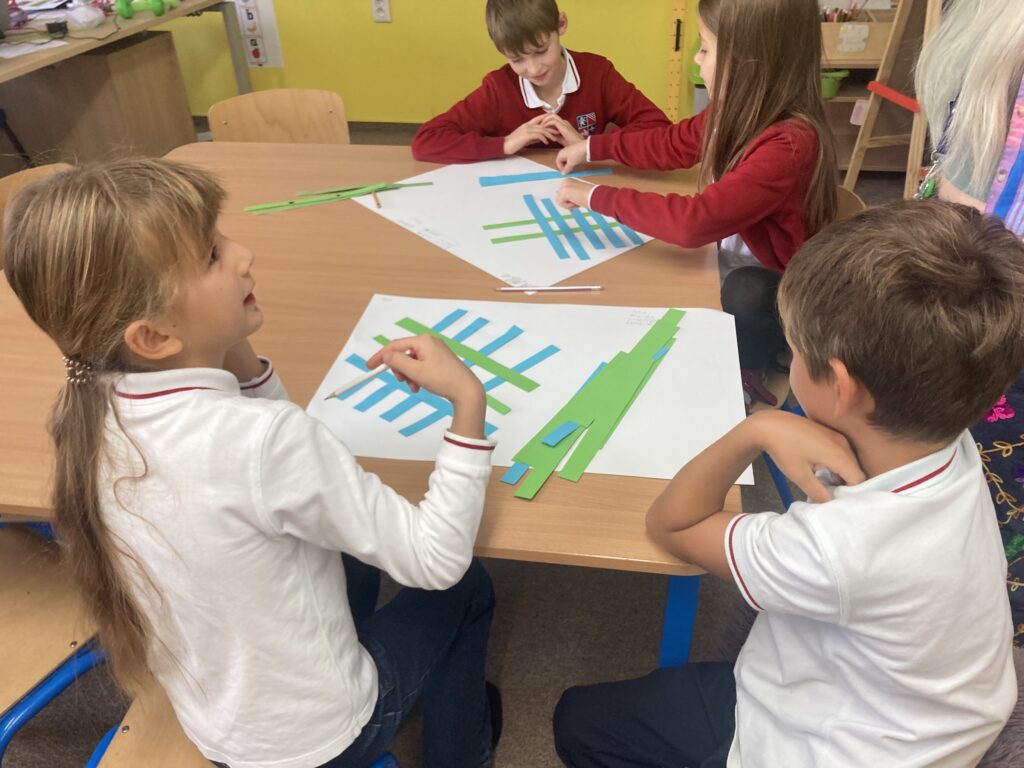
What started as an introduction to multiplication quickly evolved into a more advanced exploration. The pairs of students seamlessly transitioned from single-digit multiplication to tackling the challenges of double digits. The collaborative nature of the project facilitated a natural progression, with students building on each other’s strengths and supporting one another in their learning journey.
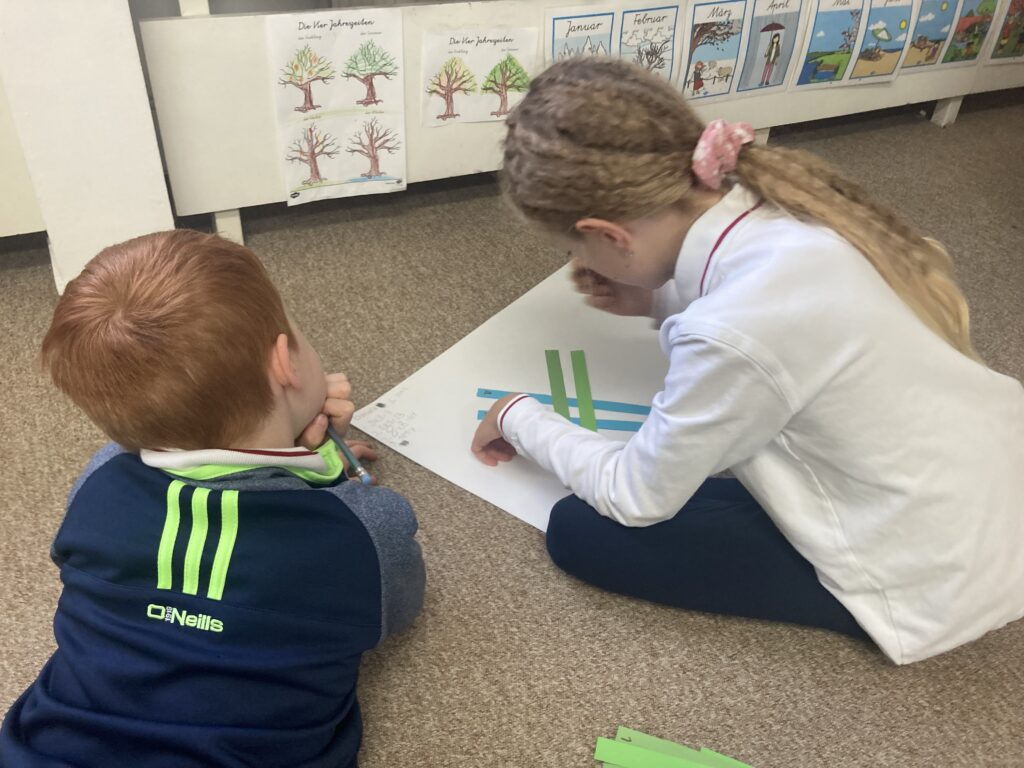
The role reversal of students becoming teachers brought about a shift in the traditional teacher-student dynamic. Year 4 students found themselves not only solidifying their own understanding but also developing essential teaching skills. The act of explaining concepts to their peers required a deepened comprehension of multiplication, enhancing their own mastery of the subject.
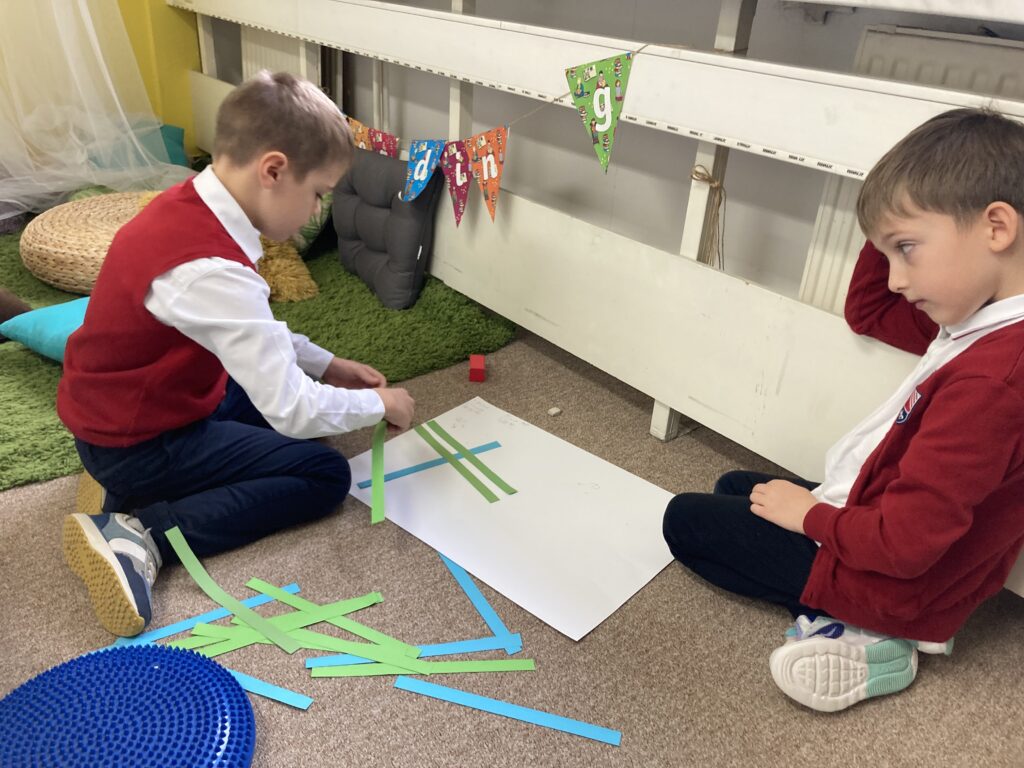
A crucial component of the project was the reflective aspect. After completing their teaching sessions, students engaged in thoughtful discussions about their experiences. They explored the impact of using concrete materials, the challenges they faced, and the joy of seeing their peers grasp multiplication concepts. This reflective process not only reinforced their own learning but also nurtured a culture of continuous improvement.
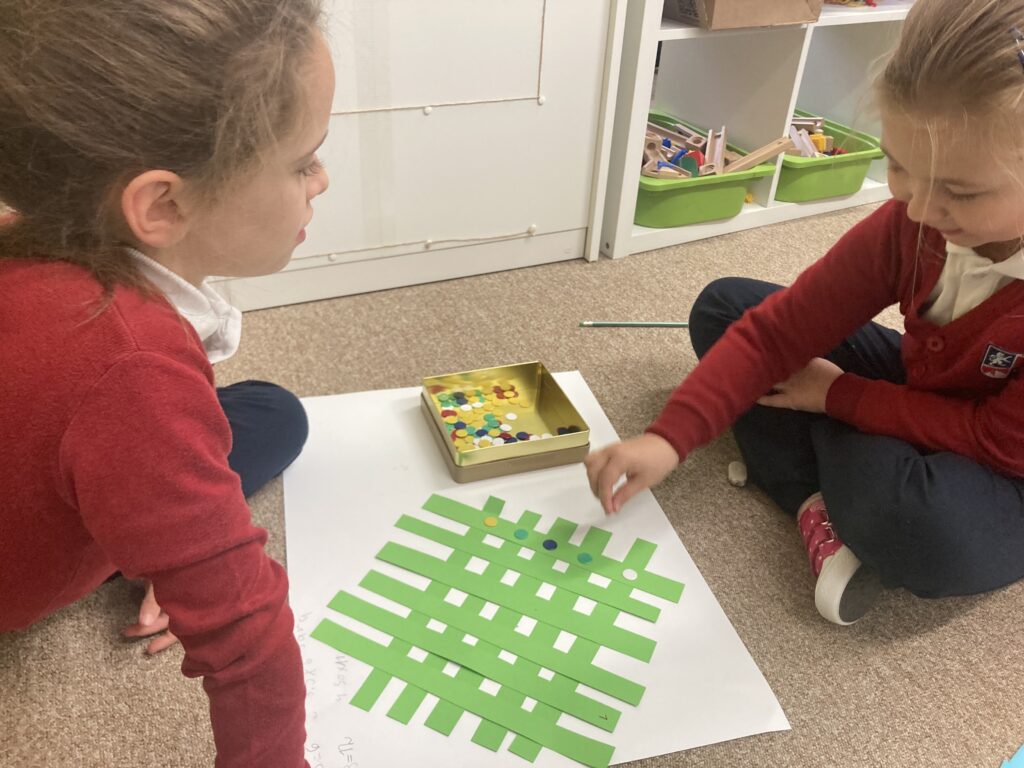
As these young minds continue to explore the world of multiplication, the foundation laid during this project will undoubtedly serve as a springboard for future learning adventures.
